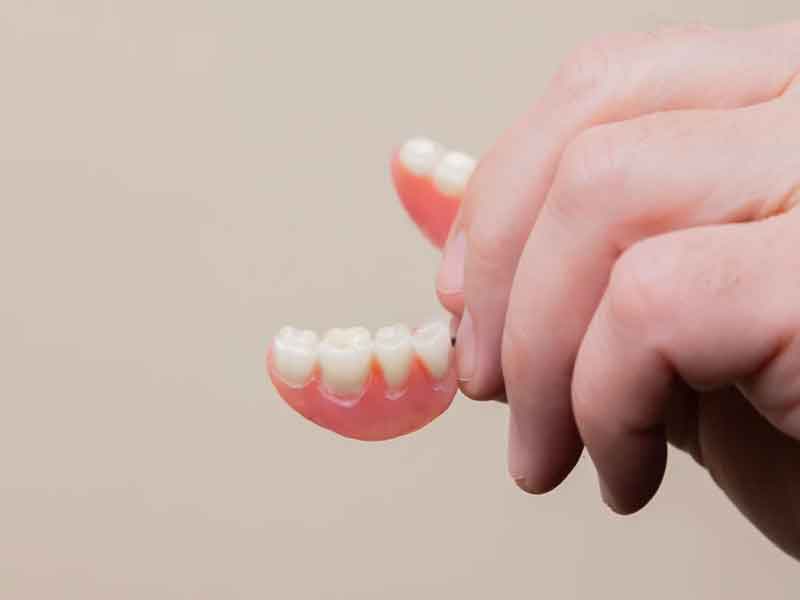Options for Different Types of Dentures

There are a plethora of ways you can lose your teeth. If you participate in sports, especially contact sports, you could lose teeth from your jaw getting hit or other facial blows. Malnutrition, disease, and genetic disorders can also cause your teeth to fall out. Malnutrition can lead to your teeth falling out due to the gum area developing an infection and receding, which can cause your teeth to become loose. Not only can losing teeth affect your smile, but it can also affect the way you bite when you eat an speak.
Dentures are usually stereotyped as being something only old people use. However, dentures can be used at any age for when someone loses their teeth. To help bring back your smile, there are a couple denture options to choose from.
When dentures are created, they are made custom to fit the unique crevices and contours of one’s mouth. The process starts by being custom-made by a dental lab and then custom-fitted by a cosmetic dentist. No part of the dentures are made to be permanent placements in the mouth. However, sometimes parts of the dentures are implanted in the jaw in order for the dentures to be placed comfortably within the mouth. There are two parts of dentures: lose the plate and the teeth. The teeth part of the dentures are usually created by using acrylic resin or porcelain. Dentures are made to look like real teeth since the color, texture, and size are taken into consideration.
Porcelain is a bit heavier and more resilient than acrylic resin and look more like a natural tooth. The plate that the fake teeth are attached to are usually made of flexible polymer.
There are three types of dentures which are conventional full dentures, immediate full dentures, and partial denture. Conventional full dentures are only sought out if you need a full replacement if all your teeth have been removed and/or have fallen out. The top portion of the denture is a plate that covers that roof of your mouth. The bottom portion is a horseshoe-shaped piece that fits around your lower gums. On the other hand, the immediate full denture is made before removing any remaining teeth. Your new dentures are fitted in your mouth in the same visit when you have your teeth removed. Lastly, the partial denture is also an option. The American Dental Association explains that with partial dentures the replacement teeth can be connected to your natural teeth with a metal framework using metal clips. Partial dentures are also connected by precision attachments. If the adjacent teeth aren’t strong enough, crowns are placed on them for a more solid surface for attachment. If none of these denture options are of interest, dental implants could also be a route for you to explore.
